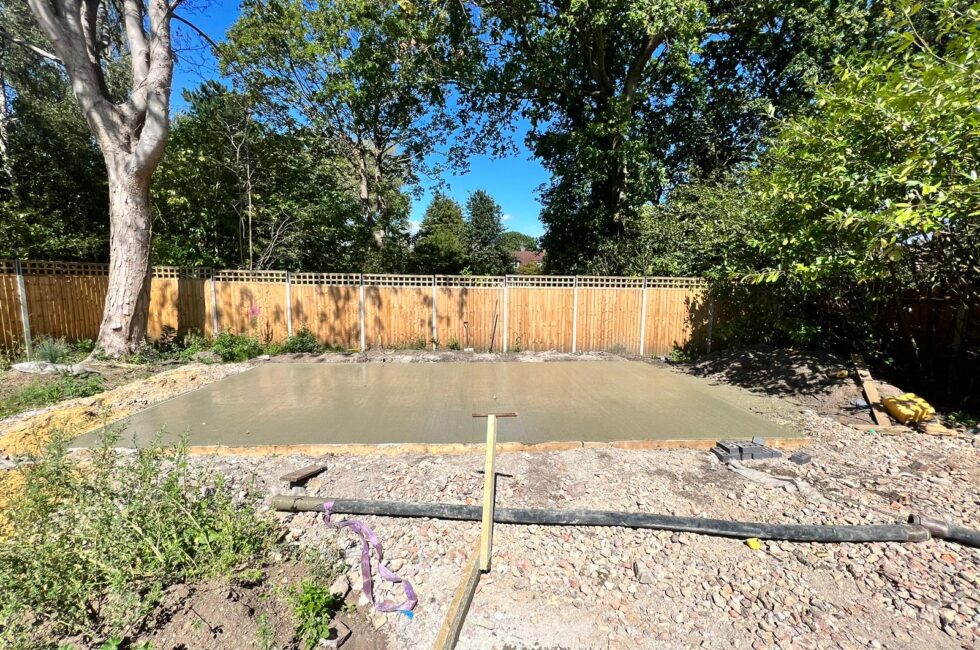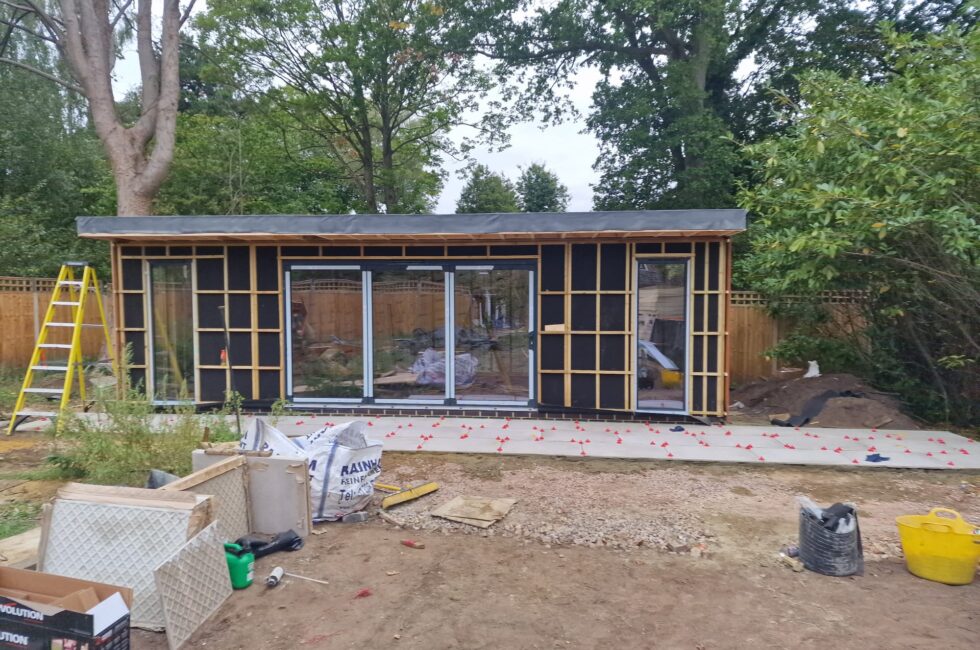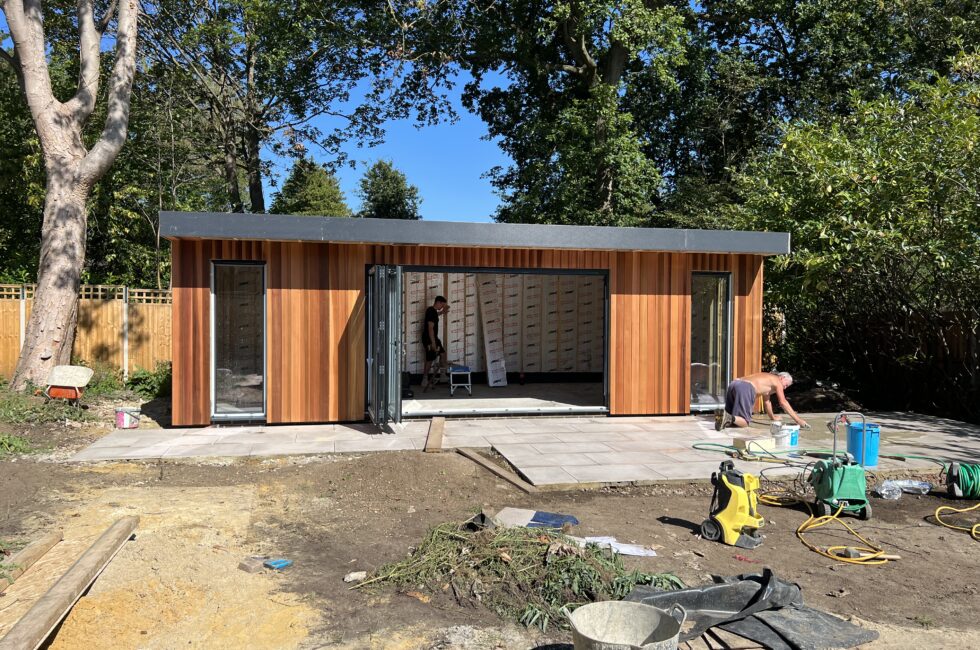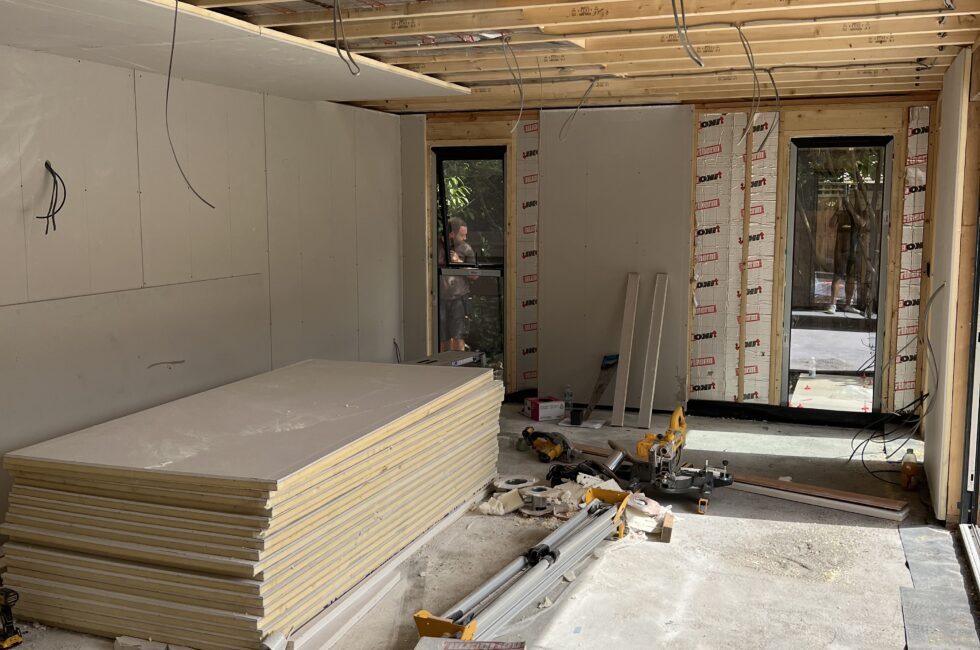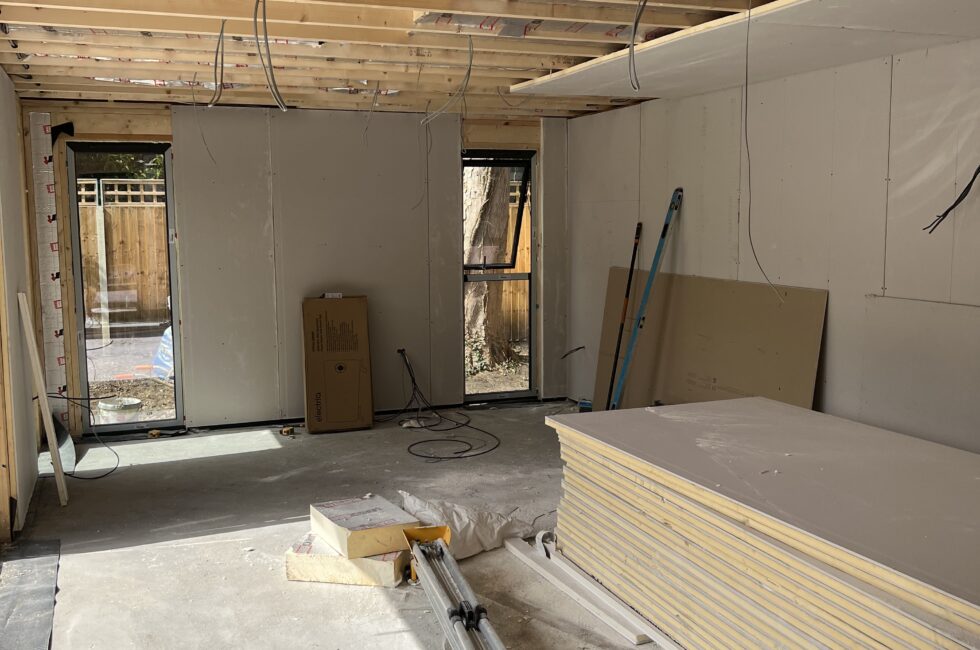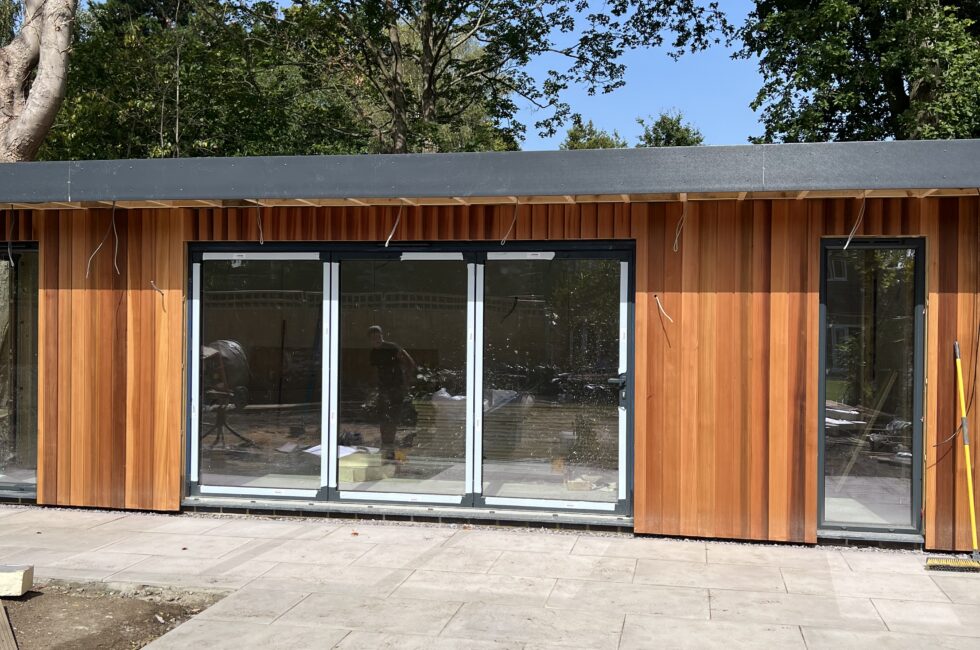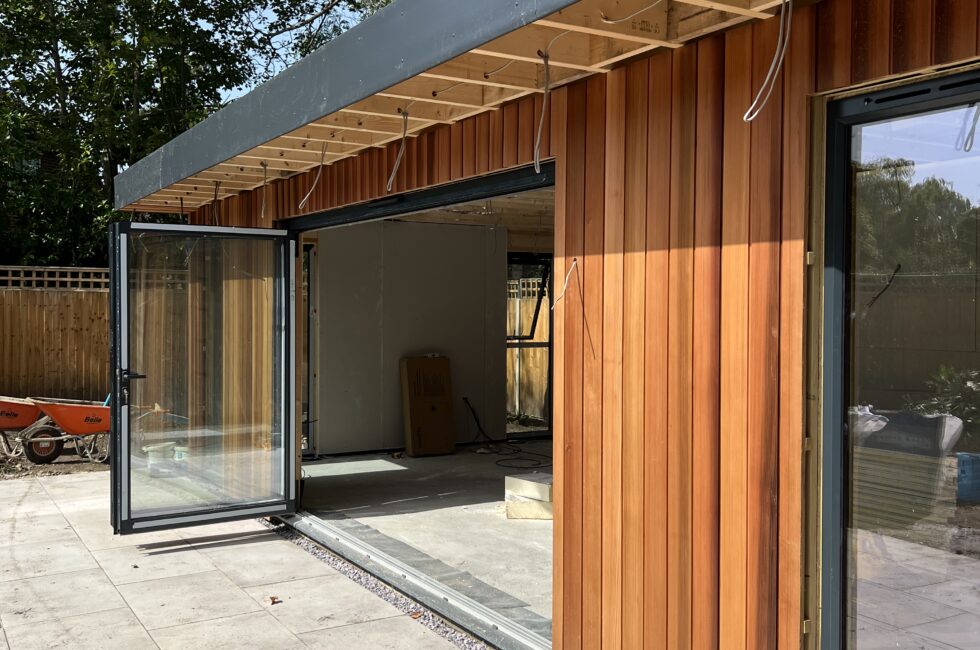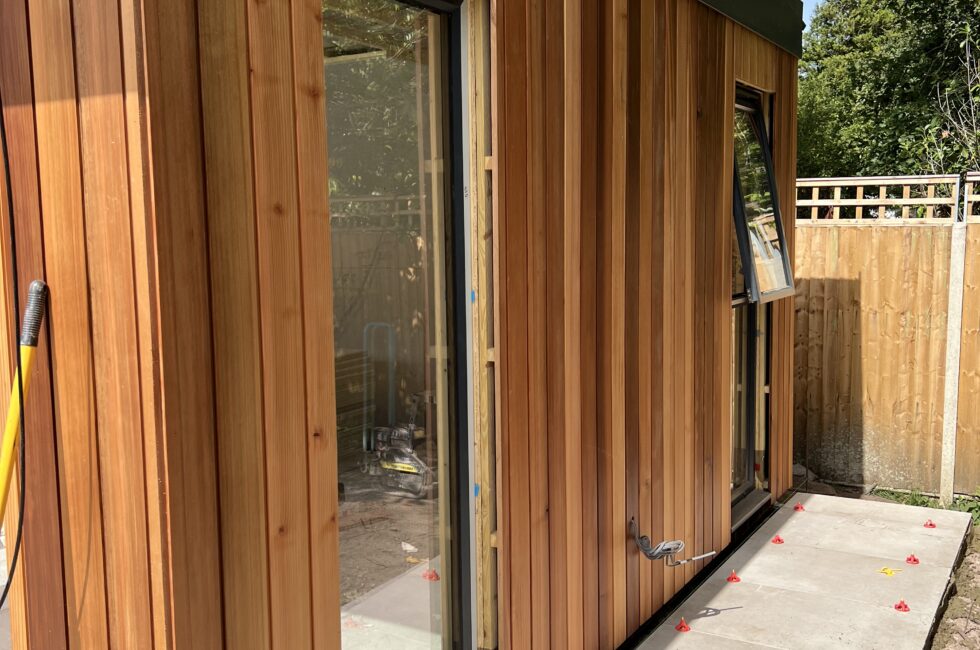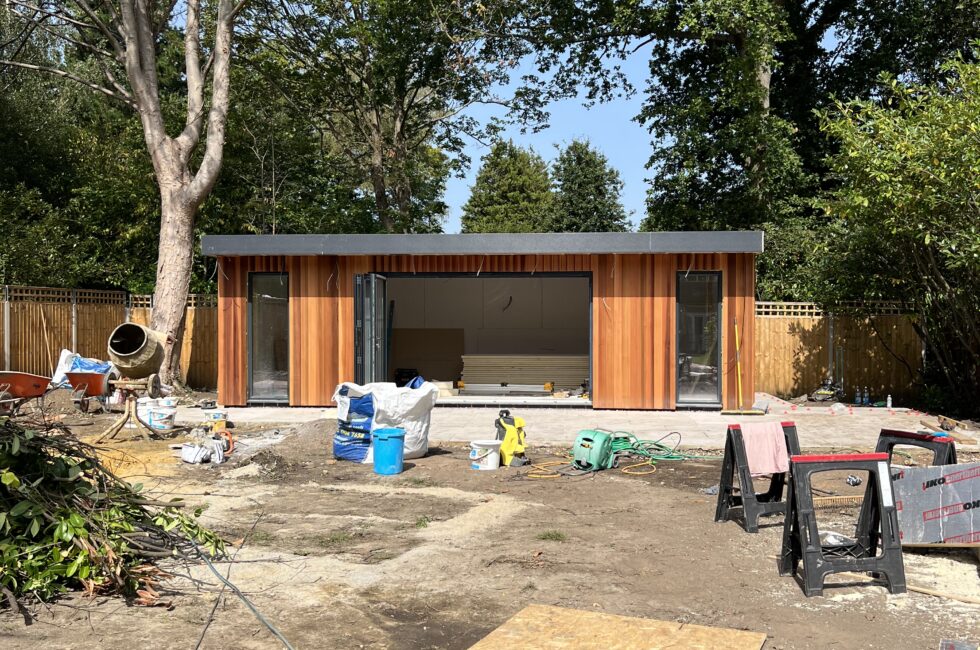🏡✨ Wondering about Garden Rooms and Building Regulations? 🌱🪴
Curious about the rules for garden rooms? Let's explore! 📏🧐 For garden rooms with a floor area of up to 30m2, no building regulations are necessary providing it is not for sleeping accommodation. But, once the floor area exceeds 30 square meters internally, it's time to navigate the world of regulations! 📐🏢📋 What Are Building Regulations? 🧱
They serve as guardians of safety, ensuring top-notch standards for construction, energy efficiency, and accessibility. Once your garden room surpasses 30m2, it officially becomes a "habitable space," and that's when building regulations come into play. 🏠🔒Pros:
- Allows for larger garden rooms exceeding 30m2
- Ensures that your garden room matches your house in terms of U-values (insulation)
- Tailored foundation design to your garden and soil type
Cons:
- The primary drawback is the cost. You'll need a structural engineer to assess soil type and design foundations, costing between £1,000-£1,500 depending on the work.
- An architect is required to design the room, meet U-value standards, and submit plans for approval, usually costing £1,440
- There's a fee for the building control inspector, with private inspectors being quicker but potentially more expensive than council inspectors. For instance, Richmond's local authority charges £770 for building regulation sign-off
- To comply with building regulations, materials must meet higher U-values, requiring thicker insulation and timbers, which can increase the cost by 20-25% compared to a garden room under 30m2
- The foundation cost can be 2-3 times that of a standard slab/raft and will resemble the design of your house extension, designed to support a large-brick-build structure!


